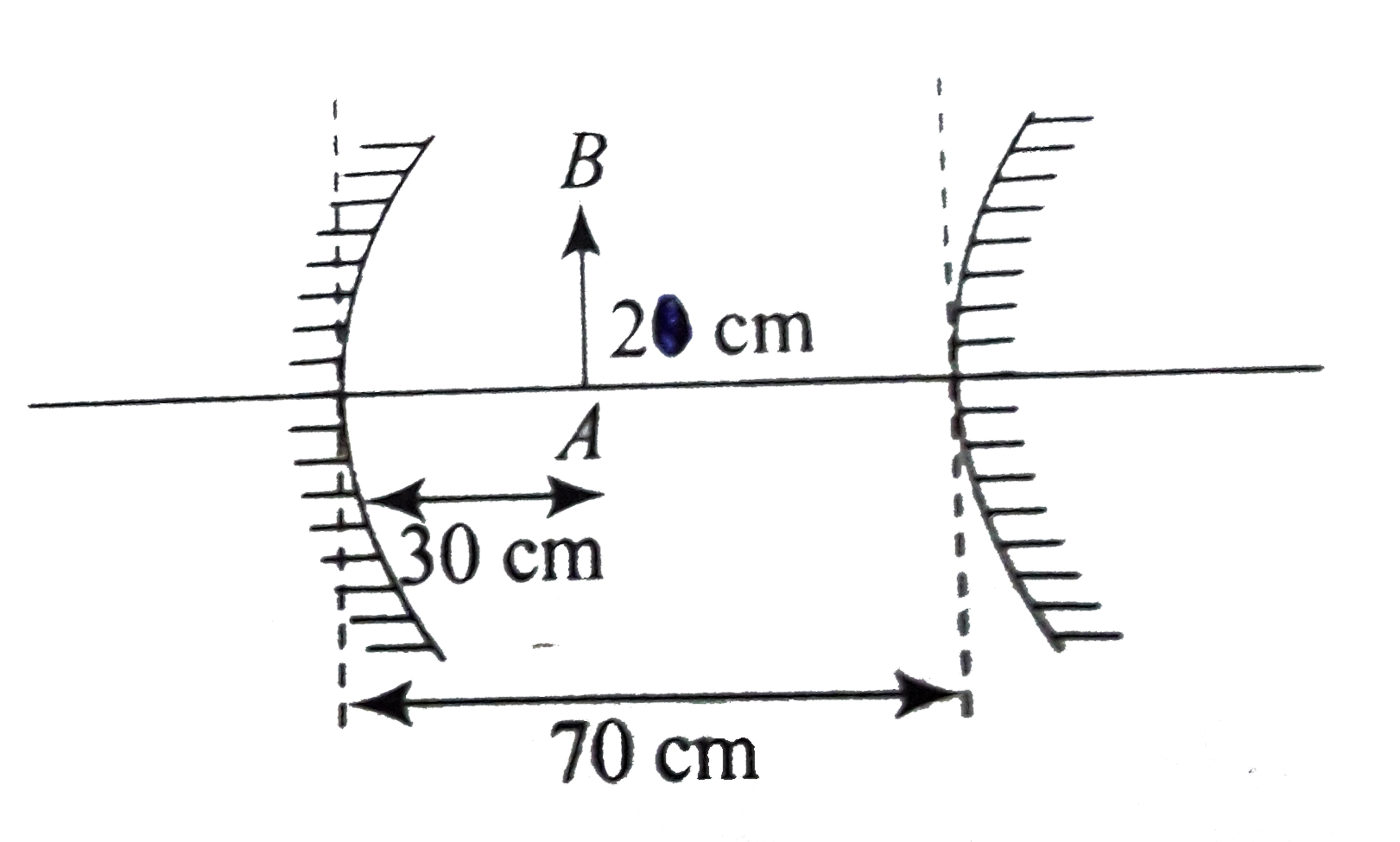Draw a concave mirror and a convex mirror and mark the reflecting surfaces on both.
Step-by-Step Solution:
1. Draw the Concave Mirror:
- Start by drawing a horizontal line to represent the principal axis.
- Next, draw a semicircle that opens towards the left side. This represents the concave mirror.
- Shade the inner surface of the semicircle to indicate that it is the reflecting surface.
2. Label the Concave Mirror:
- Mark the shaded area as the "Reflecting Surface" of the concave mirror.
- You can also label the mirror as "Concave Mirror" for clarity.
3. Draw the Convex Mirror:
- Again, draw a horizontal line to represent the principal axis.
- This time, draw a semicircle that bulges outwards towards the right side. This represents the convex mirror.
- Shade the outer surface of the semicircle to indicate that it is the reflecting surface.
4. Label the Convex Mirror:
- Mark the shaded area as the "Reflecting Surface" of the convex mirror.
- Label this mirror as "Convex Mirror" for better understanding.
Final Diagram:
- You should have two diagrams: one for the concave mirror with its reflecting surface marked, and another for the convex mirror with its reflecting surface marked.
---
- Start by drawing a horizontal line to represent the principal axis.
- Next, draw a semicircle that opens towards the left side. This represents the concave mirror.
- Shade the inner surface of the semicircle to indicate that it is the reflecting surface.
- Mark the shaded area as the "Reflecting Surface" of the concave mirror.
- You can also label the mirror as "Concave Mirror" for clarity.
- Again, draw a horizontal line to represent the principal axis.
- This time, draw a semicircle that bulges outwards towards the right side. This represents the convex mirror.
- Shade the outer surface of the semicircle to indicate that it is the reflecting surface.
- Mark the shaded area as the "Reflecting Surface" of the convex mirror.
- Label this mirror as "Convex Mirror" for better understanding.
- You should have two diagrams: one for the concave mirror with its reflecting surface marked, and another for the convex mirror with its reflecting surface marked.
Similar Questions
Curved mirrors where the reflecting surface is on the bulged side
View SolutionA concave mirror cannot from
View SolutionConcave mirror is called a converging mirror
View SolutionWe use concave mirrors as rear view mirrors.
View SolutionDifferentiate between concave mirror and convex mirror.
View SolutionList the uses of concave mirrors and convex mirrors.
View SolutionDraw suitable diagrams to illustrate the action of (i) concave mirror, and (ii) convex mirror, on a beam of light incident parallel to the principal axis.
View SolutionImage of an object in a convex mirror is
View SolutionA point object is placed at equal distance 3 f in front of a concave mirror, a convex mirror and plane mirror separately (event-1). Now, the distance is decreased to 1.5 f from all the three mirror (event-2). Magnitude of focal length of convex mirror and concave mirror is f . Then choose the correct options.
View SolutionA concave mirror and a convex mirror of focal lengths 10cm and 15cm are places at a distance of 70cm. An object AB of height 2cm is places at a distance of 30cm from the concave mirror. First ray is incident on the concave mirror then on the convex mirror. Find size, position, and nature of the image.

View Solution
